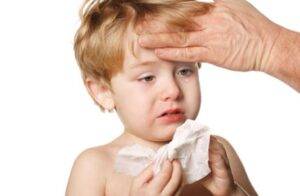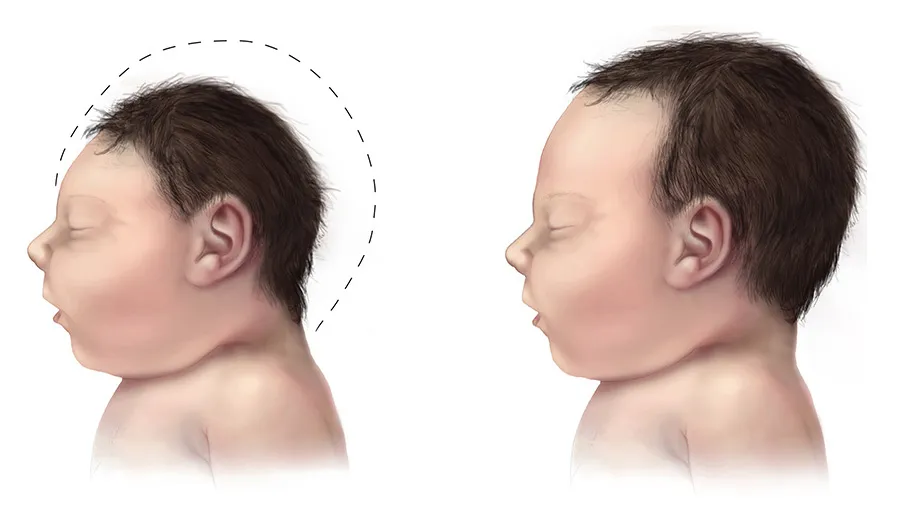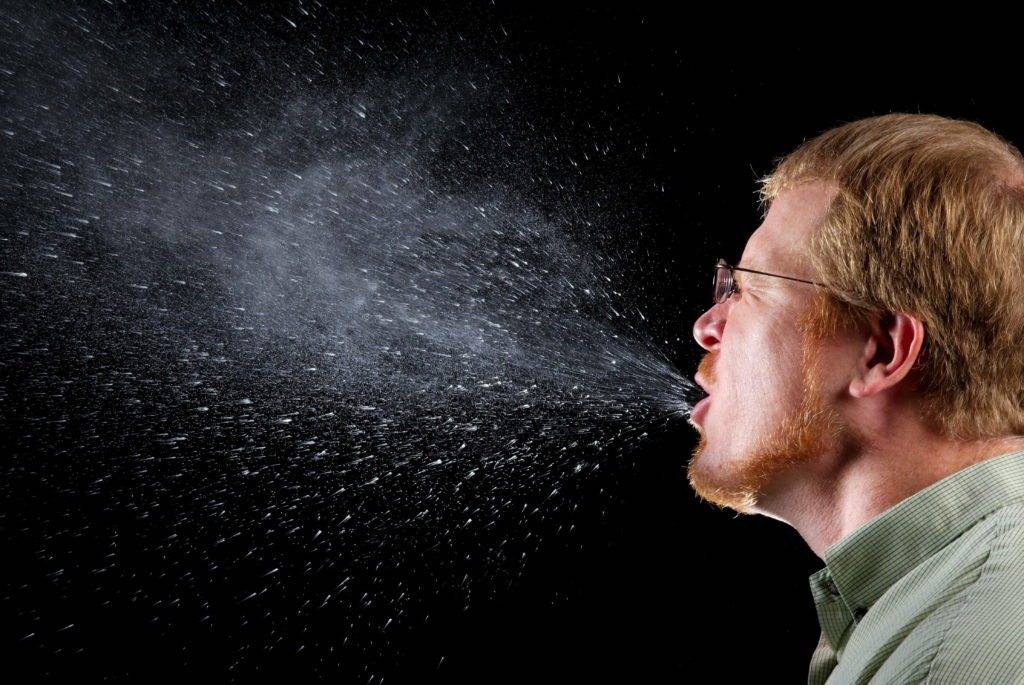Strep throat is a common bacterial infection primarily affecting children, causing great discomfort and distress. As parents and caregivers, it’s crucial to recognize its early symptoms for timely treatment and to prevent complications. Unlike viral infections that cause similar symptoms, strep throat requires medical intervention.
In this blog, we’ll delve into the early symptoms of strep throat, how to distinguish these symptoms from other illnesses, and the measures for a swift recovery and prevent its spread. Prompt treatment of these symptoms makes a difference in your child’s health.
Early Symptoms of Strep Throat
Recognizing the early symptoms of strep throat in children involves paying close attention to the common and less obvious signs. Early identification and prompt medical intervention are crucial for effective treatment and recovery. Here’s a detailed look at the early symptoms to watch for and to help you identify this condition promptly:
1. Sore Throat
This is the most prominent and first noticeable symptom and the primary complaint. However, this isn’t just any sore throat—it’s often severe and persistent compared to a sore throat caused by a viral infection. Kids may complain of a sudden, sharp pain in their throat, especially when swallowing.
2. Red and Swollen Tonsils
Upon examining your child’s throat, you may notice that the tonsils are red and swollen. This inflammation is a direct response to the bacterial infection. In some cases, white patches or streaks of pus may be visible on the tonsils or the back of the throat. This is a strong indicator of a bacterial infection.
3. Fever
A high-grade fever is another hallmark of strep throat, exceeding 101°F. The fever starts suddenly, alongside the sore throat, and makes your child feel very ill. Monitor your child’s temperature and seek medical attention if the fever is persistent or unusually high.
4. Headache
The headaches can be severe and persistent, alongside the sore throat and fever. This combination of symptoms can be particularly telling, as headaches are less common in viral sore throats.
5. Swollen Lymph Nodes
The lymph nodes feel like small, painful lumps under the skin. They become swollen as the body attempts to fight off the bacterial infection.
6. Rash
In some instances, children develop a rash known as scarlet fever. This occurs when the strep bacteria release toxins that cause a distinctive rash. The rash starts as small, red bumps on the chest and abdomen and spreads to other body parts. It’s likened to sandpaper and accompanied by a flushed face, especially the cheeks.
7. Nausea and Vomiting
Younger children exhibit gastrointestinal issues like nausea, vomiting, and abdominal pain. These symptoms are mistaken for a stomach virus. However, when these occur with a sore throat and fever, consider the possibility of strep throat.
Differentiating Strep Throat from Other Illnesses
Distinguishing strep throat from other common illnesses is crucial as the treatment approaches differ significantly. Misdiagnosis can lead to unnecessary treatments or a delay in the appropriate care, potentially causing complications.
Differentiating from strep throat also avoids unnecessary antibiotic use, as antibiotics are ineffective against viruses. Here’s how strep throat differs from other illnesses:
Viral Infections
- Cough and Runny Nose: These are common respiratory symptoms in viral infections. These symptoms are absent in strep throat, which primarily affects the throat.
- Gradual Onset: A child starts with a mild sore throat or a runny nose that worsens over a few days. This differs from strep throat symptoms that appear suddenly and are severe from the onset.
- Mild Fever: This is a low-grade fever, below 101F, and less severe than strep throat which exceeds this threshold.
- Multiple Symptoms: Vral infections exhibit numerous symptoms, such as body aches, fatigue, and a general body malaise. Strep throat, on the other hand, focuses more on the throat and lymph nodes.
Common Cold
- Mild Sore Throat: Sore throat is less painful than strep throat. It’s accompanied by nasal congestion and cough.
- Nasal Symptoms: A stuffy or runny nose strongly indicates a common cold, rarely associated with strep throat. Symptoms of strep throat primarily affect the throat.
- No Pus on Tonsils: This is a clear distinction, in which a common cold doesn’t cause white patches or pus on the tonsils. In strep throat, the tonsils appear red and swollen.
- Overall Mild Illness: In common colds, the condition resolves within a week or so. Children with a cold may feel unwell, but the symptoms are less intense and don’t escalate rapidly as with strep throat.
Other Considerations
- Duration of Symptoms: Viral infections and the common cold run their courses within a week. If your child’s condition persists beyond this period, it could indicate strep throat or another bacterial infection.
- Response to Treatment: If your child doesn’t improve with home care for viral infection, such as rest, fluids, and over-the-counter medications, and if symptoms persist or worsen, it’s likely strep throat. Consult a healthcare provider for prompt treatment. When treated with antibiotics, symptoms ease within 24-48 hours.
When to Seek Medical Attention
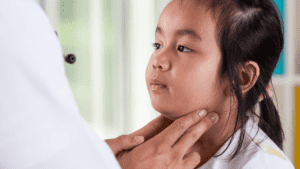
If you suspect your child has strep throat, or another illness, seek prompt medical attention. A healthcare provider performs a rapid strep test or a throat culture to confirm the diagnosis–the presence of strep bacteria.
Early treatment with antibiotics can alleviate symptoms, reduce the risk of complications, and prevent the spread of the infection to others. Omega Pediatrics is highly recommended for medical intervention of your child’s strep throat.
Treatment and Home Care
An effective management of strep throat in children involves a combination of medical treatment and supportive home care. The primary goal is to eliminate the bacteria causing the infection, alleviate symptoms, and ensure a smooth recovery. Here’s an in-depth look at how to approach treatment and care at home:
Antibiotics
Strep throat is treated with antibiotics, the commonly prescribed are penicillin and amoxicillin.
- Elimination of Bacteria: Antibiotics kill the bacteria responsible for the infection, thus, reducing the duration and severity of symptoms.
- Symptom Reduction: Starting antibiotics promptly can lead to a noticeable improvement in symptoms within 24 to 48 hours.
- Preventing Complications: Untreated strep throat can lead to serious complications such as rheumatic fever or kidney inflammation (post-streptococcal glomerulonephritis). Completing the full course of antibiotics helps prevent these complications.
- Adherence to Prescription: Complete the full course of antibiotics prescribed by your healthcare provider, even if your child starts feeling better before finishing the medication. Stopping the medication early can result in a recurrence and contribute to antibiotic resistance.
Pain Relief
To ease pain and discomfort, over-the-counter pain relievers are helpful. Follow the dosage instructions provided by your healthcare provider or the medication packaging.
- Over-the-Counter Pain Relievers: Medications such as acetaminophen (Tylenol) or ibuprofen (Advil, Motrin) can reduce fever and relieve pain. These medications help make your child more comfortable and reduce throat inflammation.
Hydration
Keep your child hydrated when running a fever or enduring throat pain that makes swallowing difficult. Warm liquids such as soup or tea can be soothing for a sore throat. Avoid acidic or spicy foods and beverages that may irritate the throat. Proper hydration supports the immune system and helps in the recovery process.
Rest
Adequate rest is a critical component of recovery. Ensure your child gets plenty of sleep and avoids strenuous activities until their full recovery to fight off the infection.
Preventing the Spread of Strep Throat
To prevent the spread of strep throat within your household and community, follow these hygiene practices:
- Handwashing: Encourage your child to wash their hands frequently with soap and water, especially after coughing or sneezing.
- Covering Mouth and Nose: Teach your child to cover their mouth and nose with a tissue or with their elbow when coughing or sneezing.
- Avoiding Close Contact: Keep your child home from school or daycare until they have been on antibiotics for at least 24 hours and are no longer contagious.
- Disinfecting Surfaces: Regularly clean and disinfect commonly touched surfaces, such as doorknobs, toys, and remote controls.
Keep a Watchful Eye for the Early Symptoms of Strep Throat
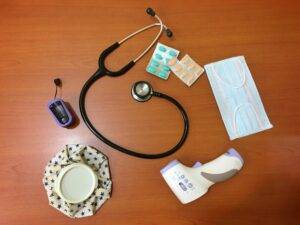
Recognizing the early symptoms of strep throat in kids, and differentiating the symptoms from other common illnesses, is vital for prompt and effective treatment. By being aware of symptoms, parents and caregivers seek medical attention, care, and response, and mitigate the risk of complications.
With timely diagnosis and proper antibiotic treatment, most children recover quickly. Also, good hygiene helps prevent the spread of this contagious infection, safeguarding the health of your family and the broader community.
Being vigilant about the signs and symptoms and taking swift action ensures that your child receives the care they need, allowing them to return to normal activities with minimal disruption and discomfort.
Omega Pediatrics is your provider of choice for medical treatment of your child’s strep infection. They’re the experts in children’s health and illness, giving you the best assurance until your child’s full recovery.


